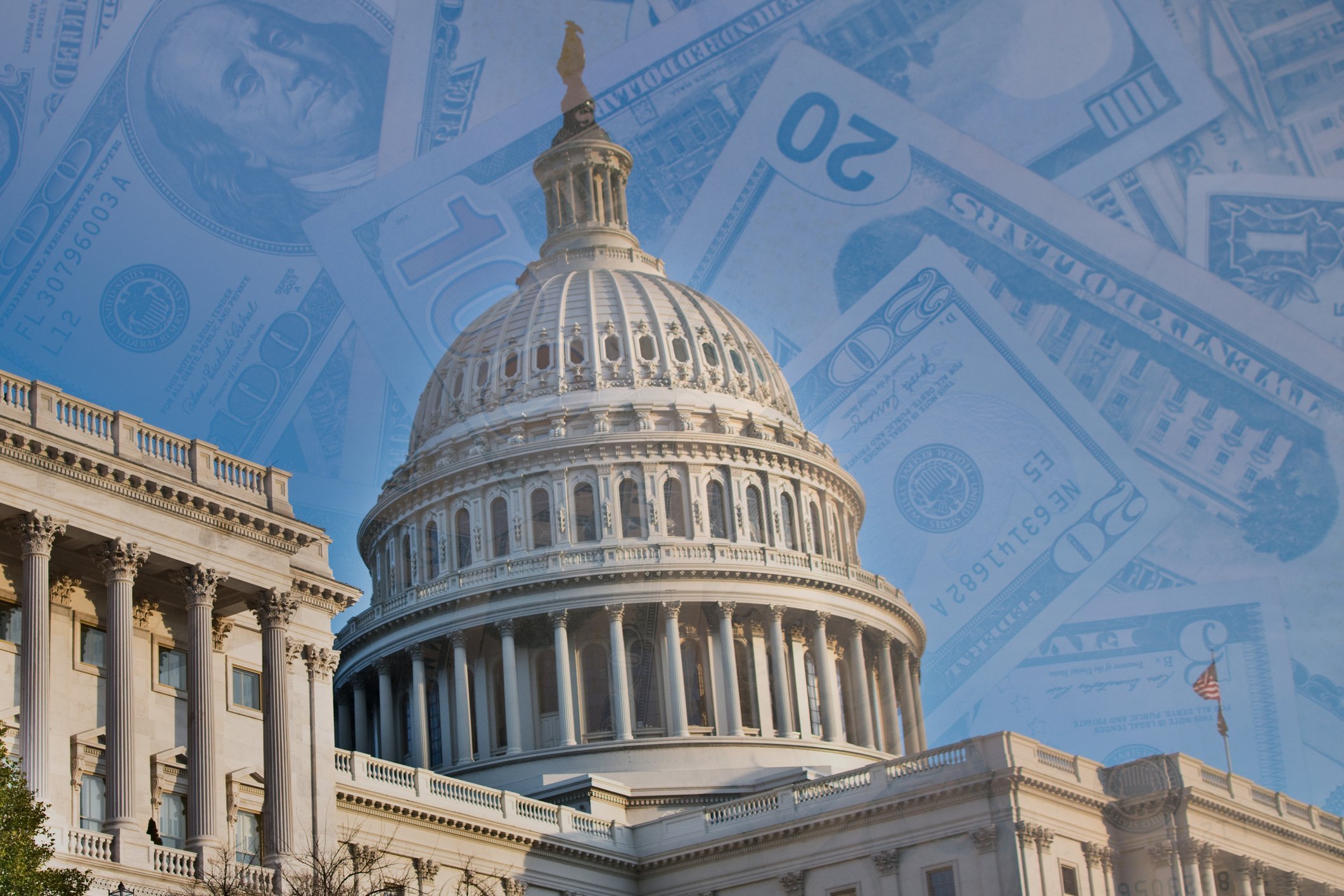The Biden administration signed an infrastructure bill into law nearly a year ago. It granted a significant $1.2 trillion to the transportation industry, with $110 billion set aside specifically for roads, interstates, and bridges. It also includes fiscal portions for electric vehicle infrastructure to support drivers, hydro-projects, updated internet services, environmental cleanup, and public transit projects, as reported by Commercial Carrier Journal.
The law, formally called the Infrastructure Investment and Jobs Act, has almost entirely been dispersed to individual states. Approximately 90% of the funds were distributed to states according to an already established formula that evenly broke up the entire grant. The rest of the fiscal award has been assigned to be used in discretionary grants and miscellaneous programs in the transportation industry.
This award provided significant support to states as they worked to create their 2022 budget. The formulas established to distribute the highway funds were obviously effective with it serving as the very solid jumping off point for almost 25,000 projects focused on improvement. This data is supported by a review of the U.S. Treasury Department’s data, from the beginning of 2022 until Aug. 31.
And this is only in the inaugural year of the Infrastructure Investment and Jobs Act, making the possible benefits from the grant seem wide in scope. The American Road & Transportation Builders Association (ARTBA) is an agency that advocates for investment regarding infrastructure and policy that align with America’s requirements for safety and efficiency, according to their website. Their Chief Economist Alison Premo Black, was charged with reviewing and organizing the data for the aforementioned report.
“A key takeaway from the Treasury data is that the bipartisan infrastructure law is working in year one as intended, with state transportation departments disbursing their funds and projects breaking ground,” she said.
ARTBA’s Chair Paula Hammond, who is also a WSP USA senior vice president, is confident in the benefits and improvement that will be reaped from the law.
“The economic and quality of life benefits of the infrastructure law will become even more apparent as funding continues in coming years,” Hammond said.
These improvements are readily supported by the public. Across 18 states, voters approved 88% of proposed projects aimed at increasing transportation investment in 380 states, according to data collected by ARTBA.








